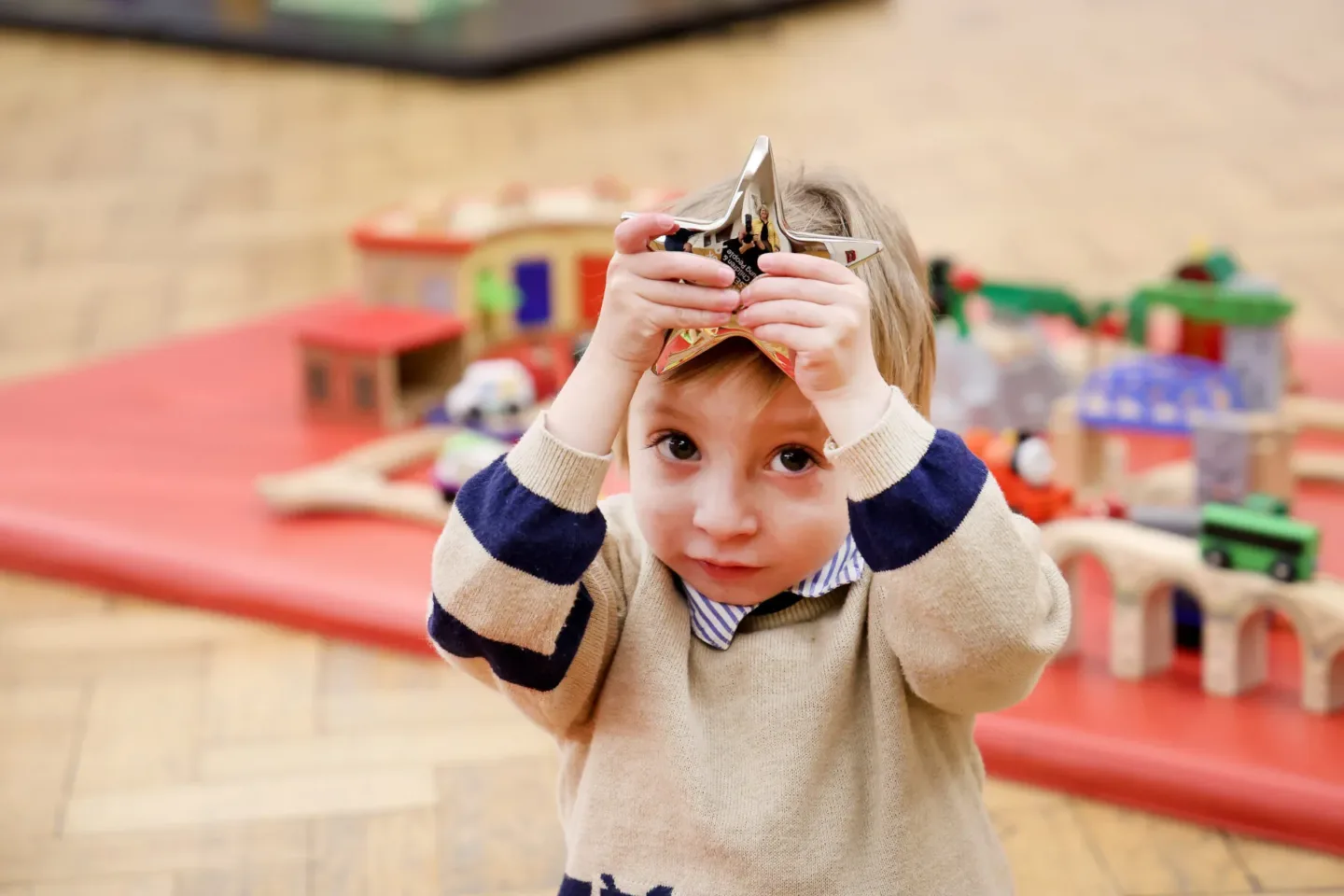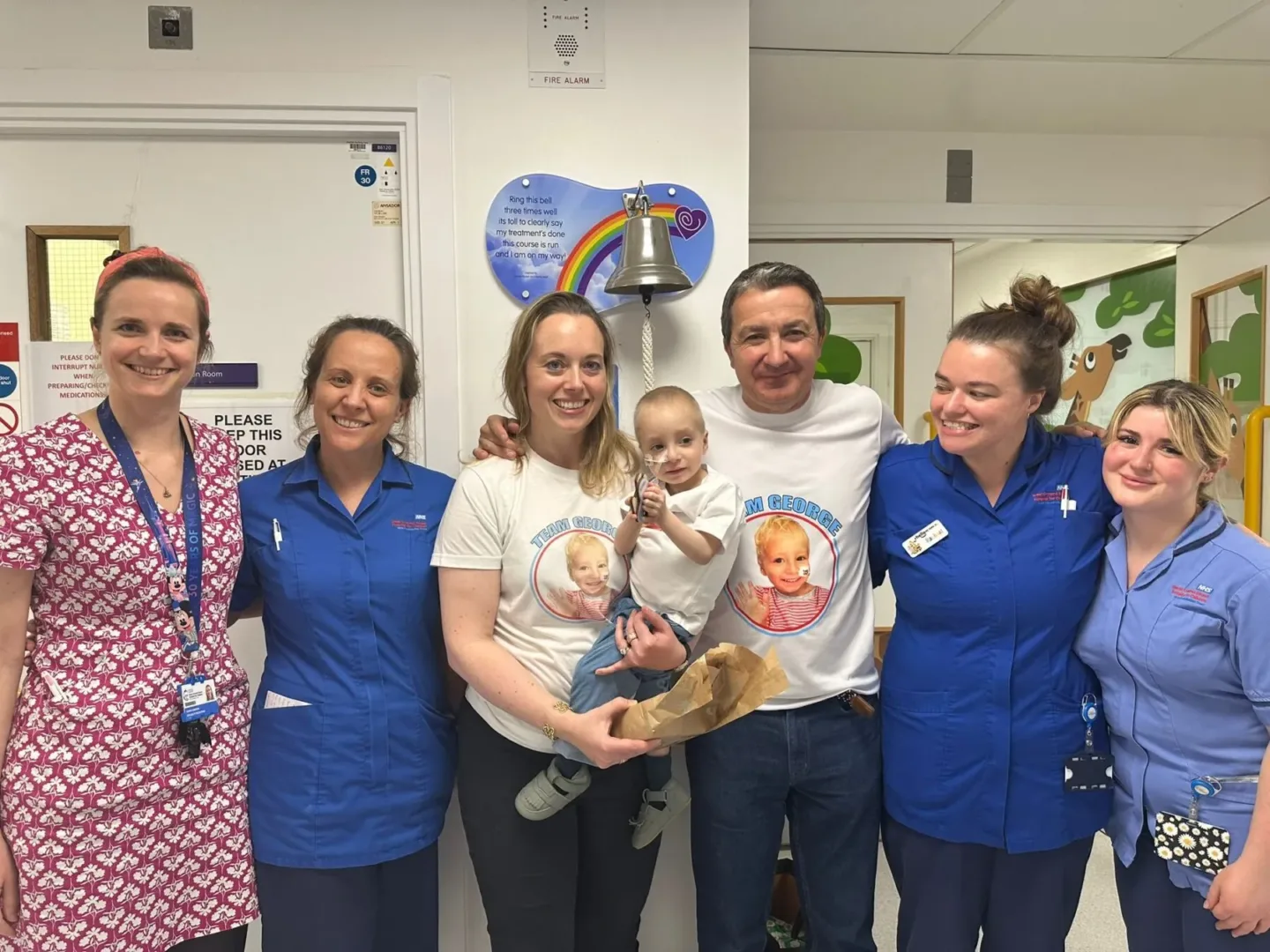In the summer of 2023, George was diagnosed with rhabdomyosarcoma (RMS), a rare and aggressive type of cancer. He was jaundiced with an obstruction in his bile duct and liver. He was only two years old. After the biopsy, the parents received the diagnosis and their son underwent three rounds of chemotherapy. After that, he was treated with Nanoknife technology, an experimental treatment that cured his cancer completely.
Cancer and Two Rare Genetic Conditions

George was seeing doctor after doctor until he was finally diagnosed. “I will never forget that moment,” said his father, Jonathan, to Cancer Research UK. “It felt like my entire world had collapsed.” That marked the beginning of a year-long marathon to help George. But after three rounds of chemotherapy, the tumor remained unchanged. Then Jonathan and his wife Rachael received more bad news. George had two extremely rare genetic conditions: Silver Russell Syndrome and Mosaic Variegated Aneuploidy (MVA) syndrome. MVA syndrome had given George a predisposition to cancer.
While George continued chemo, his parents tried to find more options. Unfortunately, most cases of RMS are diagnosed in children and teenagers, with more than half under the age of 10, according to the American Cancer Society. They spoke with pediatric liver and bile duct RMS experts, and learned about a cutting-edge new treatment called Nanoknife technology. At the time, George was staying in King’s College Hospital, who didn’t have a license to use the Nanoknife, but they got one to perform the procedure under the NHS.
“The surgeons managed to remove all the tumor and had clear margins all the way around the removed section of his liver,” said Jonathan. “This was the news we’d been hoping and praying for. From the day George was diagnosed, all we did was push and push to get him the treatment he needed. We loved that the Nanoknife was something new and ground-breaking and we felt we had some input into making it happen.”
George’s Nanoknife Cancer Treatment

The Nanoknife uses electrical currents to destroy the tumor with a better margin of clearance, meaning it should have a higher chance of removing all of the cancer. “We start the treatment with the passage of current between the electrodes,” said Dr. Ruben Olivares, urologist at the Cleveland Clinic, to WNDU. “The main idea here is the electrical current; it’s able to break up the cell wall.” But as the electric pulses kill the tumor, they leave the healthy tissue around it. “This is an outpatient procedure,” says Olivares. “The patient leaves the hospital the same day of the surgery with a catheter.”
Dr. Sam Godfrey, science engagement lead at Cancer Research UK, describes the Nanoknife as a state of the art, experimental treatment, to BBC News. It’s also considered a less-invasive form of treatment, compared to traditional operations that remove tumors. And in this case, George’s “cutting edge surgical treatment will inform the treatment of children around the world.”
George was the youngest person in the world to undergo the Nanoknife procedure. He was also the first child in the United Kingdom with his liver treated with the Nanoknife. And after 18 months in a medical nightmare, George was cancer-free and ready for pre-school. For his bravery throughout the treatment, George was awarded the Children & Young People Star Award from Cancer Research UK.
Team George and the MVA Society

While their son was in treatment, Jonathan and Rachael began fundraising to help other children in the same situation. “We set up ‘Team George,’ a group of friends and family who helped us through the difficult days that were ahead,” said Jonathan. Team George raised £100k through park runs, marathons, rugby games, rowing in the Atlantic, golf games, and skydiving. George also received support from celebrities like chef Gordon Ramsay and Rev Kate Bottley from her BBC Radio 2 show.
Jonathan has since begun a registered charity called the MVA Society to advocate for people affected with the disease, while providing information, creating a community, and finding research opportunities. In the meantime, George is healthy, three years old, and had rung the hospital bell to signify the end of his treatment. “Thankfully, in himself, George is now pretty good. He’s full of beans and started nursery in September,” said Jonathan.
Read More: Cancer Treatment Kills Tumors Using Sound And Water

